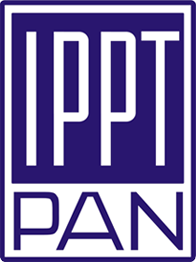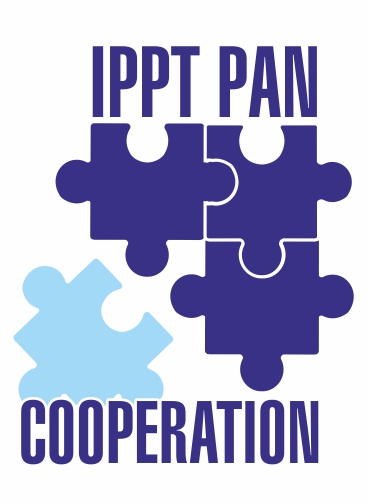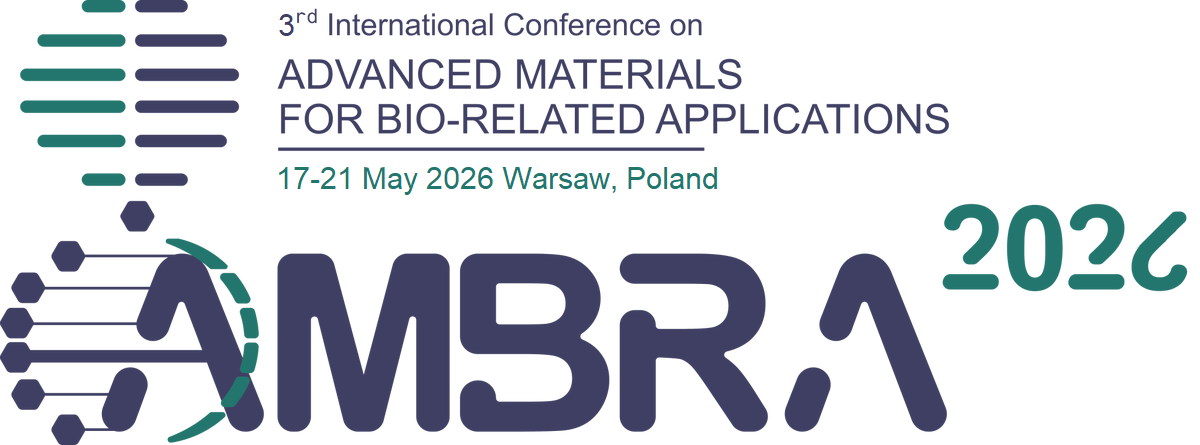| 1. |
Kondej A.♦, Kukla D., Wachulak P.♦, Zagórski A.♦, Non-destructive method of characterizing nitrided layers in the 42CrMo4 steel using the amplitude-frequency technique of eddy currents,
Open Engineering , ISSN: 2391-5439, DOI: 10.1515/eng-2025-0106, Vol.15, No.1, pp.1-11, 2025 Abstract:
The aim of this work was to investigate the possibility of using the eddy current method, a technique for measuring voltage amplitude and resonant frequency, for non-destructive assessment of the thickness of the near-surface layer of iron nitrides in 42CrMo4 steel after gas nitriding. The scope of the work included preparation of test samples, chemical composition tests, surface roughness measurements, hardness distribution using the Vicker’s method and measurements of the thickness of nitrided layer on cross-sections, X-ray phase composition analysis, testing of nitrided layer using the eddy current method, analysis of the correlation of the results of destructive and non-destructive tests. The main research apparatus was the Wirotest M2 with the 25 kHz measuring head. Differences in electromagnetic parameters between the white layer and the rest of the nitrided material, as well as changes in the surface roughness of the layer, are factors influencing the eddy current signal, which allows indirect measurement of its thickness. The analysis of the voltage amplitude is more accurate, than the resonant frequency, in assessing the thickness of nitrides layer. With the increase in thickness of the nitrides layer, the voltage value of the signal of eddy currents increases. The research results also indicate the possibility of using the same measuring head to assess the roughness parameter Ra of the nitrided layer. The Wirotest M2 can be used in quality control of steel parts after nitriding. Keywords:
non-destructive testing, eddy currents, gas nitriding, nitrides zone, thickness measurement, voltage amplitude Affiliations:
| Kondej A. | - | other affiliation | | Kukla D. | - | IPPT PAN | | Wachulak P. | - | other affiliation | | Zagórski A. | - | Warsaw University of Technology (PL) |
|  |
| 2. |
Kondej A.♦, Kukla D., Nieniszcząca ocena grubości przypowierzchniowej warstwy azotków w technicznych stopach żelaza metodą prądów wirowych,
BADANIA NIENISZCZĄCE I DIAGNOSTYKA, ISSN: 2451-4462, DOI: 10.26357/BNiD.2023.001, Vol.8, No.1-4, pp.12-16, 2023 Abstract:
Celem pracy było zbadanie możliwości zastosowania metody prądów wirowych, techniki pomiaru amplitudy napięcia i częstotliwości rezonansowej, do nieniszczącej oceny grubości przypowierzchniowej warstwy azotków żelaza w stali 42CrMo4 po azotowaniu gazowym. Zakres pracy obejmował wykonanie próbek badawczych, rozkłady twardości metodą Vickers’a oraz pomiary grubości warstw azotków na zgładach poprzecznych, badania warstw azotków metodą prądów wirowych, analizę korelacji wyników badań niszczących z nieniszczącymi. Główną aparaturę badawczą stanowił Wirotest M2 z zestawem głowic pomiarowych. Na podstawie wyników pomiarów wytypowano głowicę 100 kHz jako optymalną do oszacowania grubości warstwy azotkow. Umożliwia ona także sortowanie próbek wg grubości strefy dyfuzyjnej na dwie grupy. Do oceny grubości warstwy azotków najdokładniejsza jest analiza amplitudy napięcia. W przypadku sortowania próbek pod względem grubości strefy dyfuzyjnej znajduje zastosowanie analiza amplitudowo-częstotliwościowa. Wirotest M2 może znaleźć zastosowanie w kontroli jakości stalowych części po azotowaniu do wykrywania przypowierzchniowej warstwy azotków żelaza oraz pomiaru jej grubości. Obszarem zastosowania może być przemysł narzędziowy, motoryzacyjny, lotniczy. Badania nieniszczące metodą prądów wirowych pozwalają na kontrolę wszystkich produkowanych części i mogą być uzupełnieniem dla badań niszczących, które są wykonywane dla wybranych elementów z danej partii produkcyjnej. Keywords:
prądy wirowe, ocena grubości, warstwy azotowane, Wirotest Affiliations:
| Kondej A. | - | other affiliation | | Kukla D. | - | IPPT PAN |
|  |


















